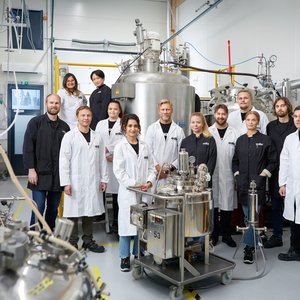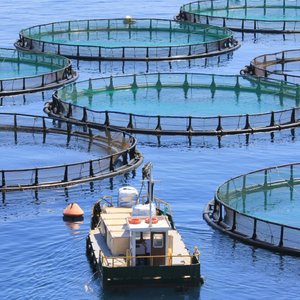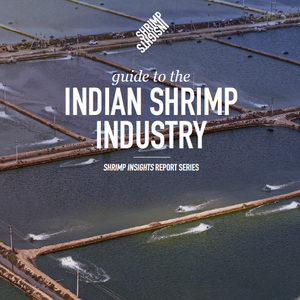A half-century-old practice used to produce superior cattle is on the threshold of contributing to improved production in aquaculture thanks to research at the LSU AgCenter.
About 50 years ago, scientists developed methods for freezing sperm – called cryopreservation – so traits from superior males could be passed on to numerous offspring through large numbers of females.
Although the technology was developed for many species, a significant industry developed with cattle and other mammals while work with fish and other aquatic species remained in research laboratories.
"The beef and dairy industries already had the genetics background with breeders’ clubs for super sires," says Dr. Terry Tiersch, a researcher at the LSU AgCenter’s Aquaculture Research Station. "The technology fit an existing model."
Tiersch says that model now is ready to be adopted by aquaculture industries.
"Commercial fish culture has only recently grown enough to need genetic improvement," Tiersch says. "Now, with global competition, we need better animals. Cryopreservation for aquatic species is in demand."
While aquaculture is larger than beef production globally, aquaculture still is often using animals not much different from wild stocks, the researcher says.
Tiersch currently is working with hybrid catfish using a channel catfish for the mother and a blue catfish for the father.
"The hybrid is recognized throughout the industry as a superior fish," Tiersch says. "And we can produce them in one generation."
Tiersch says because they behave differently, channel catfish and blue catfish don’t naturally spawn together. To overcome this challenge, sperm are collected from the blue catfish to fertilize the eggs from channel catfish.
Cryopreservation allows scientists to focus on the females and babies, he says. "The biggest benefit is freezing the blue catfish sperm," the LSU AgCenter researcher explains.
At the LSU AgCenter’s Aquaculture Research Station near Baton Rouge, Tiersch and his research team condition channel catfish in artificially warmed ponds, which allow the fish to spawn in winter – months before normal springtime spawning – and produce a predictable supply of females.
"The lengthened spawning season gives more opportunity to develop breeding stock," Tiersch says. "By controlling the water temperature, we can schedule the spawn."
Tiersch’s catfish research is supported by grants from the Louisiana Catfish Promotion and Research Board, the U.S. Department of Agriculture and the Southern Regional Aquaculture Center.
"Our goal is to make catfish into a modern livestock industry," Tiersch says. "Cryopreserved sperm is the way best to do it."
Tiersch has taken advantage of the earlier work in the dairy industry to freeze and preserve the sperm by working with the LSU AgCenter’s T.E. Patrick Dairy Improvement Center.
"They’re commercial," Tiersch says. "They do this for a business."
By adopting these techniques, Tiersch says, "Louisiana can become a national and global center for this kind of work."
"In some ways, we’re fortunate that this cryopreservation industry for aquatic species is still small and poised for rapid growth," he says. "We can look at other livestock commodities to learn how to do it right."
In addition to his work with catfish, Tiersch also is applying cryopreservation techniques to striped bass and oysters. His work with these species is conducted in cooperation with private companies, which are funded by USDA Small Business Innovation Research grants.
The USDA operates the grant program to encourage small business to explore their technological potential by providing incentives to commercialization. Individual businesses contact research institutions and develop partnerships for research and development. Then the partners apply for an SBIR grant, which is awarded to the company, and the company contracts with the research institution for the research.
Tiersch is working with two companies.
Kent SeaTech, with locations in San Diego and in the Coachella Valley near Palm Springs, Calif., raises hybrid striped bass in concrete tanks covering nearly 160 acres. A world leader in the aquaculture of hybrid striped bass, the company joined with the LSU AgCenter to develop cryopreservation techniques for its operations.
Another leading aquaculture company, Taylor Shellfish, raises oysters, clams, mussels and geoducks, large saltwater clams (native to the northern Pacific coasts of Canada and the United States) in several locations surrounding Puget Sound and on the Pacific Coast of Washington. The Taylor family has been growing shellfish for more than 100 years and is vertically integrated, cultivating shellfish from larve through maturity.
"They have enlisted the LSU AgCenter to work on an SBIR grant to improve oyster production to create an industry for frozen sperm from oysters that produce offspring with good meat yields year round," Tiersch says. "This technology also is being developed for Louisiana oysters."










